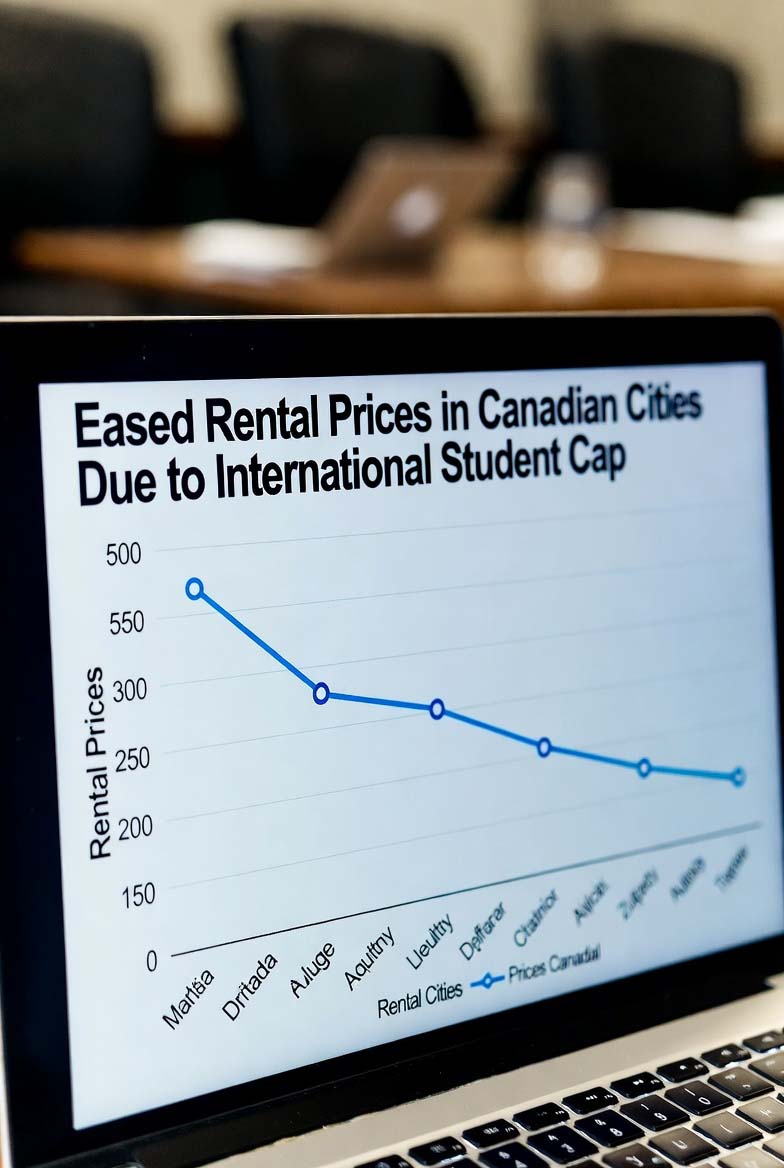Payam Javan: A newly released report indicates a swift and “rapid” easing of rental prices in Canadian cities that host large university populations, a direct consequence of the federal government’s decision to cap the number of incoming international students. This change is particularly pronounced in areas with high concentrations of educational institutions, validating a key policy aim of the cap: to mitigate the intense pressure that a surging international student body was placing on the nation’s already severely constrained rental housing supply.
The report, published by a leading rental analysis firm, shows that cities historically popular with foreign students have experienced the steepest declines in rental rate increases, and in some cases, modest outright price drops. This development provides a measure of relief for domestic students and long-term residents who have struggled to find affordable housing amidst record-high rents. The government’s controversial decision to limit student visas was largely a response to public outrage over the housing crisis, which had been exacerbated by the rapid expansion of international enrollment.
While the data suggests the cap is achieving its intended immediate effect on rental demand, the long-term implications for the Canadian economy and post-secondary institutions remain a significant concern. Universities and colleges rely heavily on the higher tuition fees paid by international students, and the sudden drop in enrollment is expected to create substantial budgetary shortfalls. This has opened a debate on whether the short-term housing benefit justifies the potential damage to the education sector’s financial stability and Canada’s international reputation as a welcoming place for global talent.
Critics of the cap, particularly within the higher education sector, argue that the government has used international students as a scapegoat for years of systemic underinvestment in housing infrastructure. They contend that a more effective and ethical solution would have been rapid investment in purpose-built student housing and broader affordable housing initiatives, rather than a policy that restricts education and potential future immigrants. The drop in rents, while welcome, does not address the core supply-side issues.
The market response provides a compelling, real-world example of how targeted government intervention can rapidly alter supply-demand dynamics in the housing sector. Moving forward, policymakers will be closely watching whether the rental relief is sustained and what secondary effects, such as impacts on the labor market or university program viability, emerge. This policy offers a distinct conservative lesson: that managing immigration levels, including temporary foreign students, is a necessary lever in controlling acute domestic issues like a housing crisis.









